Bruce M. Perrin
An Odds Ratio Based Inference Engine
Mar 27, 2013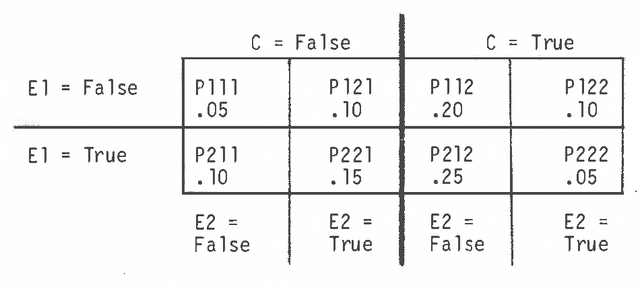
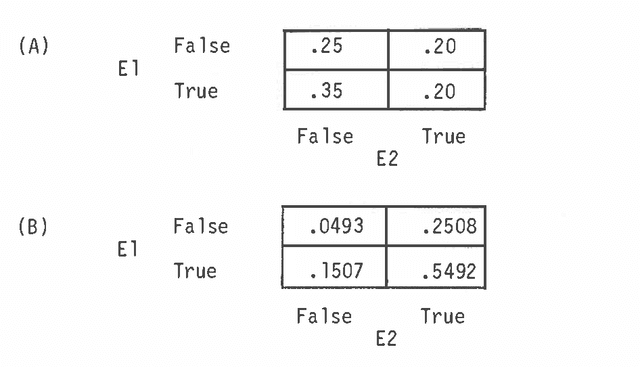
Abstract:Expert systems applications that involve uncertain inference can be represented by a multidimensional contingency table. These tables offer a general approach to inferring with uncertain evidence, because they can embody any form of association between any number of pieces of evidence and conclusions. (Simpler models may be required, however, if the number of pieces of evidence bearing on a conclusion is large.) This paper presents a method of using these tables to make uncertain inferences without assumptions of conditional independence among pieces of evidence or heuristic combining rules. As evidence is accumulated, new joint probabilities are calculated so as to maintain any dependencies among the pieces of evidence that are found in the contingency table. The new conditional probability of the conclusion is then calculated directly from these new joint probabilities and the conditional probabilities in the contingency table.
Evaluation of Uncertain Inference Models I: PROSPECTOR
Mar 27, 2013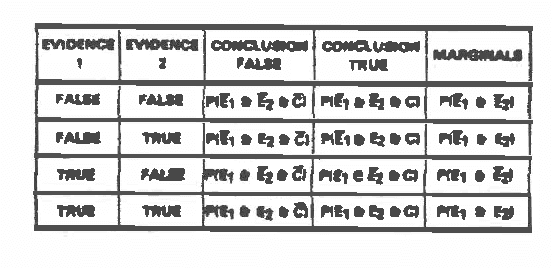
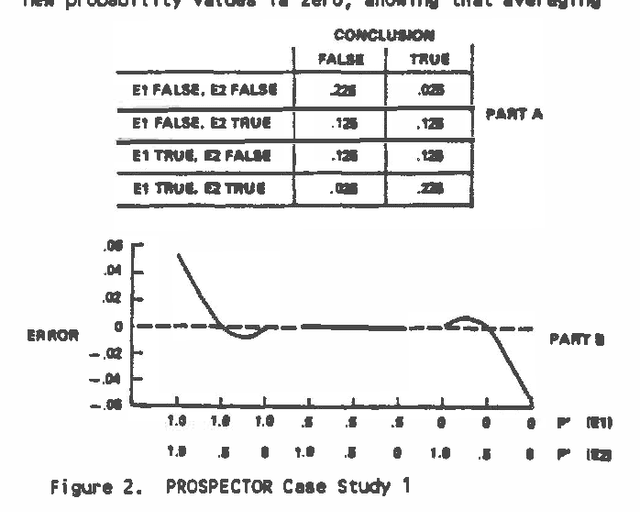
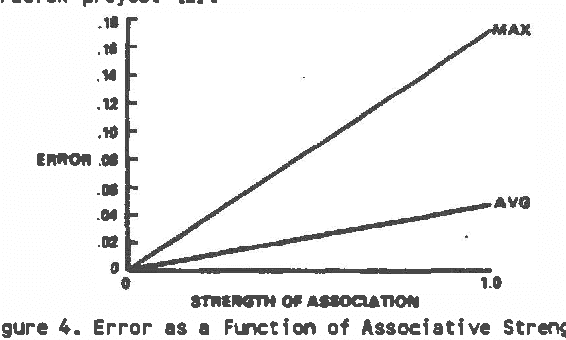
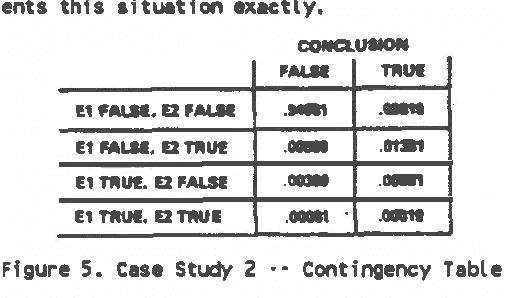
Abstract:This paper examines the accuracy of the PROSPECTOR model for uncertain reasoning. PROSPECTOR's solutions for a large number of computer-generated inference networks were compared to those obtained from probability theory and minimum cross-entropy calculations. PROSPECTOR's answers were generally accurate for a restricted subset of problems that are consistent with its assumptions. However, even within this subset, we identified conditions under which PROSPECTOR's performance deteriorates.
The Role of Tuning Uncertain Inference Systems
Mar 27, 2013
Abstract:This study examined the effects of "tuning" the parameters of the incremental function of MYCIN, the independent function of PROSPECTOR, a probability model that assumes independence, and a simple additive linear equation. me parameters of each of these models were optimized to provide solutions which most nearly approximated those from a full probability model for a large set of simple networks. Surprisingly, MYCIN, PROSPECTOR, and the linear equation performed equivalently; the independence model was clearly more accurate on the networks studied.
Comparing Expert Systems Built Using Different Uncertain Inference Systems
Mar 27, 2013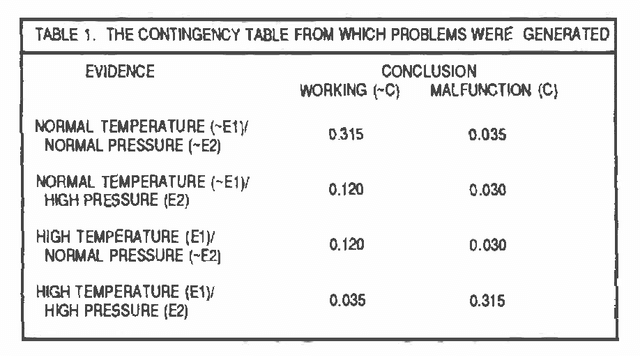
Abstract:This study compares the inherent intuitiveness or usability of the most prominent methods for managing uncertainty in expert systems, including those of EMYCIN, PROSPECTOR, Dempster-Shafer theory, fuzzy set theory, simplified probability theory (assuming marginal independence), and linear regression using probability estimates. Participants in the study gained experience in a simple, hypothetical problem domain through a series of learning trials. They were then randomly assigned to develop an expert system using one of the six Uncertain Inference Systems (UISs) listed above. Performance of the resulting systems was then compared. The results indicate that the systems based on the PROSPECTOR and EMYCIN models were significantly less accurate for certain types of problems compared to systems based on the other UISs. Possible reasons for these differences are discussed.
 Add to Chrome
Add to Chrome Add to Firefox
Add to Firefox Add to Edge
Add to Edge